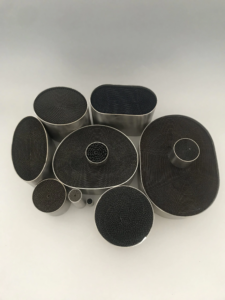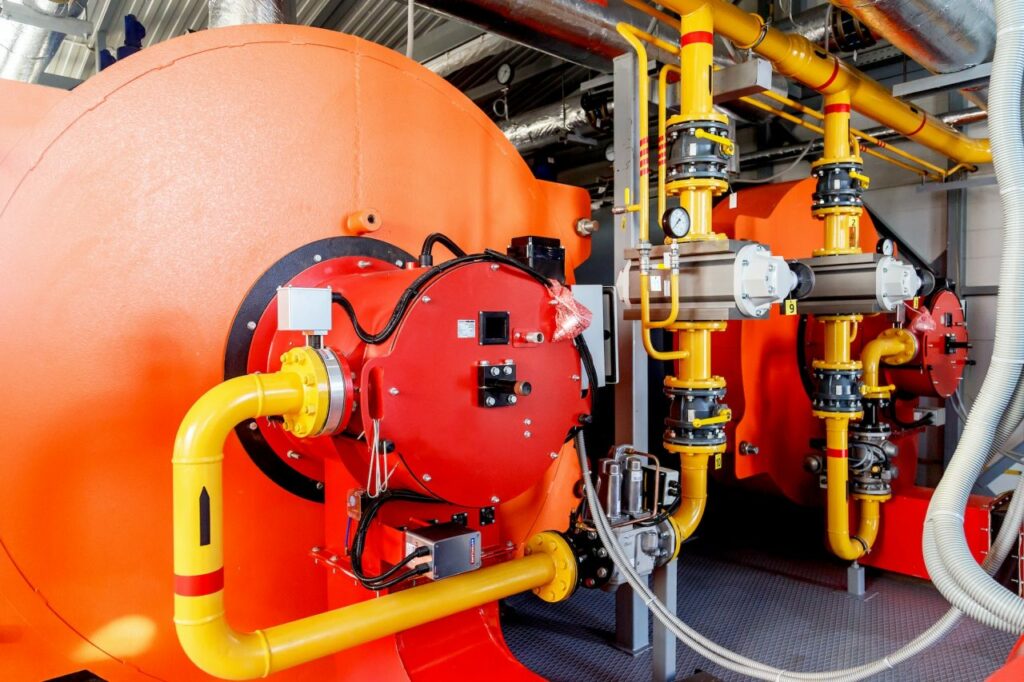Cleaning a catalytic converter is a topic that confuses many drivers, but with the right approach, it can help restore performance and extend the component’s life. As a catalytic converter supplier, Hualian Catalyst specializes in automotive exhaust catalyst products, and through years of working with clients, they’ve learned which methods are effective—and which can cause more harm than good. Let’s break down safe, practical ways to clean a converter, when to attempt it, and when replacement is necessary.

Table of Contents
ToggleSigns Your Converter Needs Attention
Before diving into cleaning, it’s important to recognize when your converter is struggling. Common red flags include reduced acceleration (especially when climbing hills), a drop in fuel economy, a check engine light (often with a code indicating a “catalyst efficiency below threshold”), or a faint rotten egg smell from the exhaust. These issues typically stem from carbon buildup, oil contamination, or small clogs that block the automotive exhaust catalyst’s ability to process gases. Mild cases may respond to cleaning, but severe damage—like a cracked substrate—requires replacement.
Safe DIY Cleaning Methods
One of the most reliable DIY methods is using a fuel additive designed for catalytic converters. These additives contain chemicals that break down carbon deposits as they pass through the exhaust system, loosening buildup on the automotive exhaust catalyst’s surface. To use them, simply pour the additive into your gas tank before filling up—this ensures it mixes evenly with the fuel. Another method is a “high-speed flush”: after adding the additive, drive the car at highway speeds (50+ mph) for 15-20 minutes. The increased exhaust flow and heat help burn off loosened deposits.
When to Call a Professional
If DIY methods don’t work, a professional mechanic can perform a more thorough cleaning using specialized equipment. This often involves spraying a cleaning solution directly into the exhaust system while the engine runs, targeting the automotive exhaust catalyst. As a catalytic converter supplier, Hualian Catalyst recommend this approach for moderate clogs, as mechanics can monitor pressure and ensure the solution doesn’t damage the converter. However, if the converter is severely clogged or the substrate is damaged, cleaning won’t help—their team can provide a replacement that meets Euro III-VI standards, ensuring compliance and performance.
Preventing Future Buildup
The best way to avoid needing to clean your converter is through proactive maintenance. Regular oil changes prevent oil from entering the exhaust system (a common cause of clogs), and using high-quality fuel reduces carbon deposits. Hualian Catalyst’s automotive exhaust catalyst products are designed to resist buildup, thanks to advanced coatings that minimize carbon adhesion. By following these steps, you can extend your converter’s life and reduce the need for cleaning.
Conclusion
Cleaning a catalytic converter can restore performance for mild clogs, using methods like fuel additives or professional flushes. However, severe damage requires replacement. As a catalytic converter supplier, Hualian Catalyst offers reliable automotive exhaust catalyst products to keep your car running cleanly. Proper maintenance and timely care are key to extending your converter’s life and avoiding costly repairs.


